Micro-credentials are a form of credentialing gaining popularity to allow career advancement without full stops for additional degrees in licensed professions. Similar to continuing educations requirements, micro-credentials (sometimes known as ‘badges’) focus on practicing professionals looking to gain skills or specific content knowledge to increase their value to employers and patients, students and clients. They are very popular in the education field, allowing licensed teachers to expand their abilities and upgrade their licenses or increase their scope of practice without or in addition to a graduate level degree.
Most micro-credentials are similar to abbreviated college-level programs but also can be earned with practical experience through observation. These micro-credentials can then be added to resumes or online job profiles such as on LinkedIn to demonstrate a skill in seeking a promotion or during a job search in a new district.
Function
In a report from Pew, micro-credentials are described as a solution to the perceived problem of practitioners being required to complete professional development to renew or upgrade a license. Proponents of micro-credentialing believe, specifically for teachers (the primary audience for micro-credential policy), in shifting from an hours-based professional development system to one focused on skills acquired. Such policies are believed to lead to more productive and effective teachers while saving time and money for teachers, school districts and state governments. The Bill and Melinda Gates Foundation reported that states spend $18 billion a year on professional development, including lecture style learning and time requirements, rather than mastery.
Micro-credentialing also has the potential to be more focused and flexible than traditional forms of professional development or continuing education. Instead of requiring a teacher to spend 70 hours a year (the national average) on tradition development efforts in a classroom, they can instead focus on specific skills developed via online programs with verifiable progress in relevant areas. Maryland’s micro-credentialing program, for example, stresses the ‘gamification’ of the system to improve active participation in the program rather than teachers sitting through information without mastering skills.
Micro-credentials are offered primarily by private or non-profit organizations such as EdDesign Lab, The National Education Association, and Digital Promise. States and districts act as partners and customers. Services often tout the ‘stackability’ of micro-credentials as a way to improve practice iteratively over a longer period.
Benefits
While the transition from traditional professional development and continuing education might seem daunting, there are several reasons that states and districts have decided to make the change. These potential benefits also could provide insights to other professions considering incorporating micro-credentialing to their professional development.
Applicability: As described above, micro-credentials apply directly to skills used in the classroom with a tangible marker of knowledge gained. School districts (or continuing education organizations of other professions) have found value in the development of these skills in the place of traditional professional development that risks being more nebulous or inapplicable to day-to-day job function.
Flexibility: One of the inherent traits of micro-credentials that has shown value to both practitioners and districts is the flexibility of when and where the work takes place. Since most micro-credential providers offer online coursework and assessment, an educator with an already busy schedule can complete work from home and in the evenings.
Adaptability: There has been some adoption of micro-credentialing in higher education for licensed professionals to give students a leg up in their careers. One touted benefit is that micro-credentialing stays current with trends and industry standards in a way that is hard to match with more traditional classroom learning. This adaptability allows professionals to match the evolution of their field, both when they are removed from their original education or when they have gained little experience in practical settings (in the case of current students or recent graduates).
State of Micro-Credentialing
Several states are incorporating micro-credentialing into their teacher preparation or professional development with others being added as recently as this legislative session.
Recently, the governor of Virginia signed a law directing the Virginia Department of Education to craft a system for incorporating and recognizing micro-credentials for licensed teachers. The Virginia system will focus on micro-credentials in science, math, and engineering and the Department of Education is directed to include the use of presentable work (lesson plans and student projects) as an additional way to avoid classroom time in awarding credentials for skills.
Tennessee completed a statewide pilot program on the functionality of micro-credentials from 2017-2020 by paying teachers to participate in micro-credentialing programs from third parties instead of traditional professional development hours. From a teacher perspective, the pilot was hugely successful and resulted in greater satisfaction and engagement with professional development. After the pilot, Tennessee has continued to offer micro-credentialing programs to its teachers, including content areas as well as skill-building, pedagogy-focused courses on topics like classroom community and student engagement.
Beyond teaching, other licensed professions, including architects and medical professionals, are beginning to explore the use of micro-credentialing. This style of professional development has a longer history in the business and technology fields as a model for other licensed professions.

